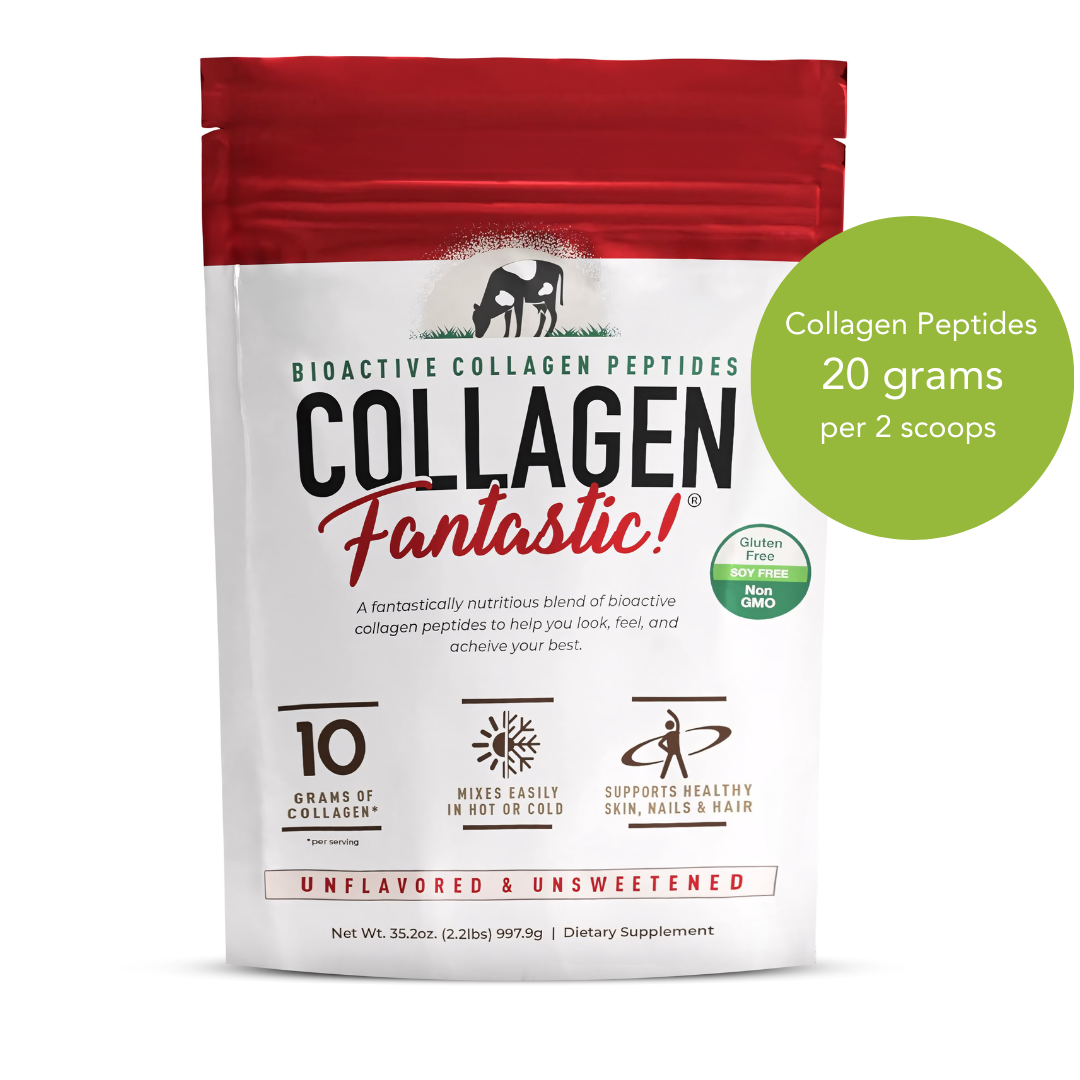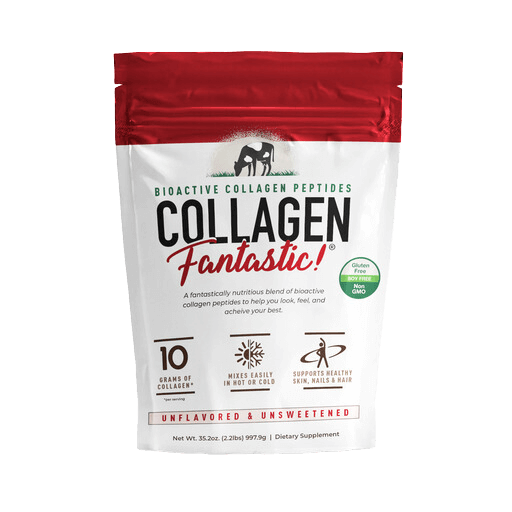Key Takeaways:
· Creatine is a well-researched supplement that enhances strength, explosiveness, and endurance when used alongside smart training and nutrition.
· The piece provides practical dosing strategies, timing tips, and suggestions for combining creatine with other nutrients to maximize performance and results.
· Potential side effects and considerations for special populations are addressed, ensuring safe and effective use for a wide range of individuals.

How to Use Creatine for Strength and Endurance
If you follow fitness chatter long enough, you’ll notice creatine is the rare supplement that survives hype cycles and actually earns its keep. It’s not a miracle powder. It’s not a shortcut. It’s a well-studied tool—one that, when used correctly, can boost strength, sharpen explosiveness, and support endurance without torpedoing your budget or your routine. The trick is understanding how it works, how much you really need, and how to integrate it consistently alongside smart training and nutrition.
Understanding Creatine and Energy Systems
Creatine is your body’s fast-pass to immediate energy. Stored as phosphocreatine in muscle, it’s the first line of support for the phosphagen (ATP-PCr) system—the rapid-fire engine that powers short, explosive efforts like heavy squats, sprints, and jumps. Here’s how:
· The ATP-PCr system (0–10 seconds): When you explode out of the bottom of a deadlift, your muscles burn ATP in milliseconds. Phosphocreatine donates a phosphate to regenerate ATP, letting you keep the effort maximal for a few more reps or a few more seconds. More muscle creatine means a larger “battery” for these peak moments.
· The glycolytic system (10 seconds–2 minutes): Once that phosphocreatine buffer starts to fade, the body shifts to breaking down stored carbohydrate (glycogen) for ATP. While creatine isn’t the star here, better phosphocreatine stores can delay the handoff, easing the early fatigue that usually creeps in during repeated efforts.
· The oxidative system (2 minutes+): This is your steady-state engine—oxygen, mitochondria, and a slower burn of carbs and fat. Creatine won’t turn distance runs into sprints, but by improving the quality of high-intensity surges—hills, kicks, tempo changes—it can make endurance sessions more productive over time.
Why this matters for training:
· More high-quality reps: With fuller phosphocreatine stores, you can maintain bar speed and power across sets, translating to better strength and hypertrophy adaptations.
· Faster between-set recovery: Phosphocreatine replenishes during rest periods. Higher muscle creatine helps you recover closer to baseline before the next set, preserving performance late in a workout.
· Better repeat sprint ability: In sports and interval training, performance drops across repeated efforts. Creatine helps narrow that drop-off, letting you train at a higher average intensity.
· Potential cognitive edge in hard sessions: Emerging research suggests creatine supports brain energy metabolism, which may help with decision-making and perceived effort during fatiguing training.
The bottom line for application: Creatine doesn’t replace smart programming; it amplifies it. Align your dosing with phases that demand high power outputs, short rest intervals, or frequent high-intensity bouts.
Strength Gains: Short-Term Power and Long-Term Hypertrophy
Creatine’s strength story starts fast and compounds over time. In the short term—think days to a couple of weeks—creatine saturates your muscles’ phosphocreatine stores, giving you a bigger ATP “gas tank” for high-intensity efforts. That means more quality reps before failure, slightly heavier loads, and tighter rest intervals without your output falling off a cliff. It’s not magic; it’s energy availability. The result is a subtle but meaningful bump in performance across sets, which adds up to measurable strength gains on the bar.
Those immediate wins set the stage for the long game: muscle hypertrophy. More total training volume is the single most reliable driver of growth, and creatine helps you bank more volume consistently. Add in the intracellular water retention that accompanies creatine uptake—cell volumization—and you have a muscle environment that favors protein synthesis and recovery. Over 8–12 weeks, that shows up as thicker muscle fibers, stronger lifts, and a higher ceiling for the next training block.
How to turn that physiology into results:
· Train heavy, often: Anchor your week with compound lifts in the 3–6 rep range to exploit creatine’s ATP advantage where it matters most.
· Layer volume smartly: Use back-off sets (6–12 reps) after your top sets to convert short-term power into hypertrophy-friendly workload.
· Track quality reps: Count only reps with solid bar speed and clean form; creatine helps you keep those reps high across sets.
· Progress by micro-loads: Small jumps (1–2%) week to week compound faster when your energy system isn’t the bottleneck.
· Recover like it’s part of training: Sleep, protein, and consistent creatine intake let you repeat high-quality sessions without crashing.
Conclusion: Simple, Proven Steps to Lift More and Last Longer
Creatine isn’t a magic spell; it’s a reliable, well-researched tool that helps you do more work, recover better, and see measurable progress over time. Use it consistently—3–5 g daily of creatine monohydrate, taken whenever it fits your routine—and pair it with a smart training plan, enough protein, and real rest. If you’re eager to accelerate saturation, a short loading phase (20 g/day split into 4 doses for 5–7 days) works, but it’s optional. Hydrate well, monitor how you feel, and stick with it for at least 4–8 weeks to evaluate results in strength, power, and endurance.
Bottom line: Commit to the basics, trust the data, and execute consistently. Creatine can help you push harder and go longer—without complicating your routine. Keep it simple. Keep it steady. Then watch the work add up.
Want to see how Creatine can help fuel your training goals? Try it Risk Free!
FAQs: How to Use Creatine Effectively for Strength and Endurance
Can vegetarians and vegans benefit more from creatine supplementation?
Yes. Vegetarians and vegans typically have lower baseline muscle creatine stores because dietary creatine is found mainly in animal products. Research consistently shows that plant-based athletes often experience larger initial increases in muscle creatine, phosphocreatine, and performance metrics (strength, high-intensity intervals, and cognitive tasks under fatigue) after supplementation. A standard protocol works well: either a loading phase of 20 g/day (split into 4 doses) for 5–7 days, followed by 3–5 g/day, or a steady 3–5 g/day without loading. Pair doses with carbs or a mixed meal to support uptake.
How long does it typically take to notice measurable strength or endurance gains after starting creatine?
Most people notice strength and high-intensity performance improvements within 1–3 weeks, depending on whether they load. With a loading phase, phosphocreatine saturates faster and you may feel benefits in as little as 5–7 days. Without loading, expect 3–4 weeks. Endurance benefits are most evident in repeated sprint ability, final-sprint finishing power, and resistance to late-session fatigue rather than steady-state performance. Track progress with consistent testing (e.g., 1–5 rep maxes, repeated sprint tests).
Does habitual caffeine intake blunt or enhance creatine’s performance effects?
The evidence is mixed. Early studies suggested high acute caffeine doses (around 5–6 mg/kg) could blunt creatine’s short-term gains, possibly via opposing effects on muscle relaxation time. More recent work indicates you can still benefit from creatine even if you drink coffee routinely. Practical takeaways:
· If you rely on caffeine, keep your daily intake consistent rather than spiking it only on test days.
· Avoid large, novel caffeine doses right before strength testing during the first week of creatine loading.
· Take creatine at a different time of day than your heaviest caffeine bolus to minimize GI overlap.
Should creatine be paused or adjusted during weight-cut phases or caloric deficits?
Not necessarily. Creatine can help maintain training quality and lean mass during cuts. Expect a small increase in water weight (intramuscular), but this often stabilizes after the first 1–2 weeks and doesn’t impair performance. Tips:
· Use a steady 3–5 g/day without loading to minimize rapid water shifts.
· For weight-class sports with tight weigh-ins, consider pausing creatine 5–7 days prior if every ounce matters, then resume post-weigh-in.
· Maintain adequate electrolytes and hydration to feel your best while cutting.
Is there any scientific link between creatine use and hair loss or hormonal shifts?
Current evidence does not support a causal link between creatine and hair loss. A small study once noted a rise in DHT within the normal range, but subsequent research has not replicated clinically meaningful hormonal shifts tied to creatine. Large reviews find no consistent changes in testosterone, DHT, or estrogen, and no direct mechanism tying creatine to male-pattern baldness. If you have a personal or family history of androgenic alopecia, consult a clinician, but the overall data are reassuring.
What dosing adjustments, if any, are recommended for female athletes who want strength gains without excessive mass?
Creatine does not inherently cause large increases in muscle size; any mass changes largely reflect training stimulus and a small increase in intracellular water. For many women:
· 3 g/day is often sufficient for performance and recovery benefits.
· Skip the loading phase if you’re concerned about rapid water fluctuations.
· Pair with high-quality protein and progressive strength training for lean, functional gains without unnecessary bulk.
· Monitor body comp rather than weight alone; you may see strength jump before the scale moves.
Does the temperature, pH, or carbonation of the mixing liquid degrade creatine before consumption?
Creatine monohydrate is stable in cool or room-temperature liquids with neutral pH and consumed shortly after mixing. Consider:
· Heat: Very hot liquids over time can increase conversion to creatinine. If you like warm drinks, consume promptly.
· pH: Acidic environments (low pH) over extended periods accelerate breakdown. Don’t store creatine long-term in acidic juices.
· Carbonation: Carbonated beverages don’t inherently degrade creatine quickly, but acidity plus time can. If you mix with soda, drink right away.
Is it safe and effective to pre-mix creatine in large batches and store it overnight or longer?
Short-term is fine; long-term isn’t ideal. In water at room temp, creatine gradually converts to creatinine—faster in heat and acidity.
· Best practice: Mix close to when you drink it.
· If needed, pre-mix in plain water, refrigerate, and consume within 12–24 hours.
· Avoid storing in acidic juices for extended periods. Dry powder stored cool and dry remains stable for a long time.











